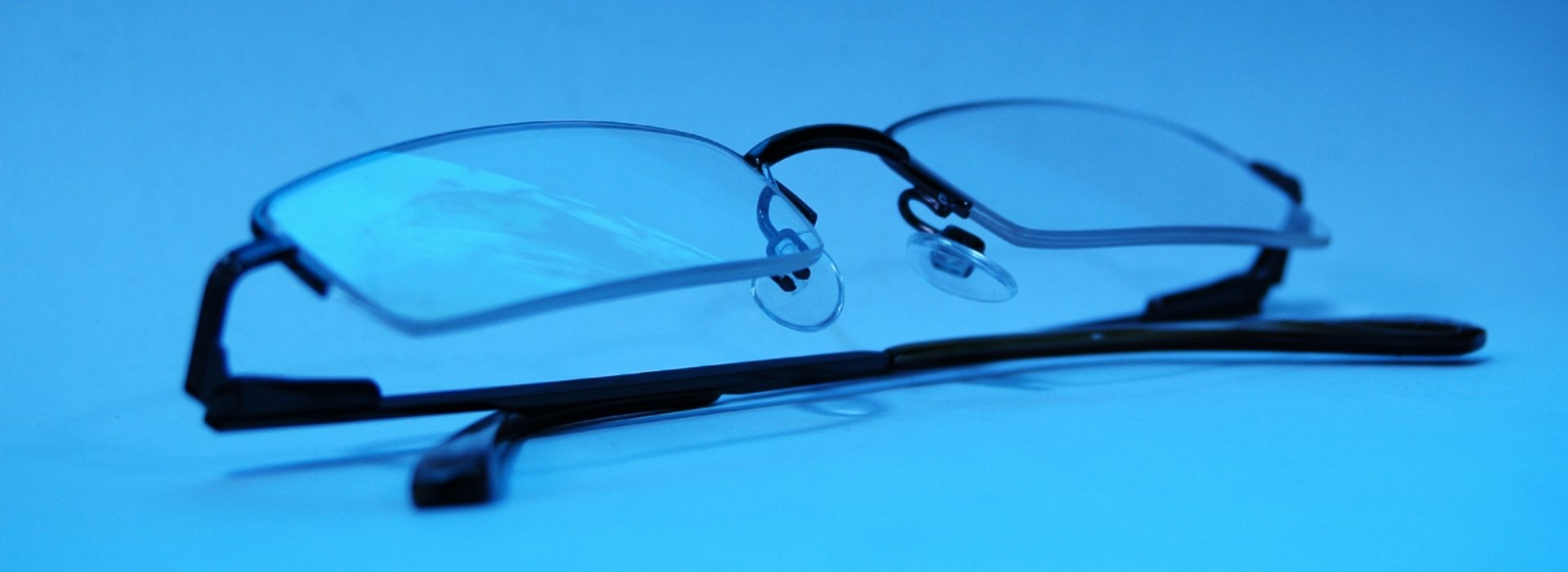

There does not exist in the world such a person, which does not get a shiver down its back from a scalpel next to one’s eye. Of course even now there are those kinds of eye operations where these kinds of surgeries are inevitable, but thanks to the development of techniques the laser sight improving surgeries are in the forefront: the refraction blemish of the eye can be removed with the help of the laser. Thanks to this significant achievement in surgery techniques, in the world several million laser sight improving surgeries are done, and Hungary is not an exception either. The so-called excimer laser surgery was first used in 1987, the first diopter correction surgery was also done at that time. The surgery even received a name: Photo Refractive Keratectomy, namely PRK.
PRK, is a type of laser eye surgery for people who suffer from nearsightedness (myopia), farsightedness (hyperopia) or astigmatism. This laser sight improving surgery is also a great method for cornea injury treatments or abolition of inflamed superficial obscurity. The laser light is applied directly to the surface of the cornea to achieve the desired vision correction effect. With this surgery the same effect is achieved as with contact lenses or with glasses, that is the correction is “built into” the eye.
A series of drops will be placed into the eye of the patient in order to get them ready for the treatment, which will lightly numb the cornea of the eye and the patient will not feel any pain during the surgery. Next the epithelium, a thin, protective layer that covers the cornea is removed by the laser. Since no incisions are done, the eyeball’s physical resistance ability does not change. The duration of this treatment varies depending on the diopter, but does not last longer than a minute, and after that the patient receives eye drops and a bandage is placed on over the eye. (The operation is usually done on only one eye, and until the next treatment if the eye is less than three diopters then the patient has to wear contact lenses and if above three diopters then glasses.)
Another popular popular elective refractive laser eye surgery performed by ophthalmologists for the correction of myopia, hyperopia, and astigmatism is the LASIK (laser-assisted in situ keratomileusis), which is a procedure similar to the PRK. During this operation a thin flap is created on the eye by a special appliance, folding it to enable remodeling of the tissue underneath with laser. The flap is repositioned and the eye is left to heal in the postoperative period.
Following the surgery the patient may fell mild stinging pain in the first two-three days until the cornea starts to heal. It is advisable to pay attention to the eye so that it does not contaminate, and swimming pool, dust and pets should be avoided. Next to regular check-ups the patient has to take antibiotics for about a week, and the usage of inflammation and scar retardant drops is advised in a month after the operation. The full recovery takes approximately two-three months, but the eye has to be protected even after this period of time from UV radiation - wearing sunglasses is advised.
The laser sight improving surgery is mostly done by those patients for who wearing glasses or contact lenses are not an option due to their profession. For example here belong sportsmen: swimmers, water polo and dirt-track tennis players, but also for actors wearing glasses is not very advantageous either. However, it is important to know that the operation can only be done on those patients that are above 18 years of age, which guarantees the perfect vision until elderly age. Of course even those who have this operation in their forties may need reading glasses later on in their life.